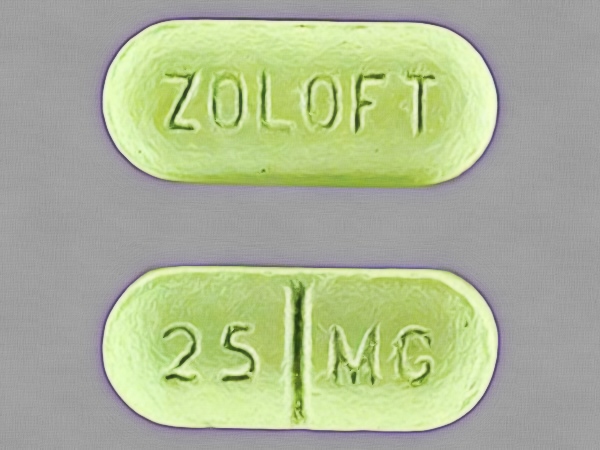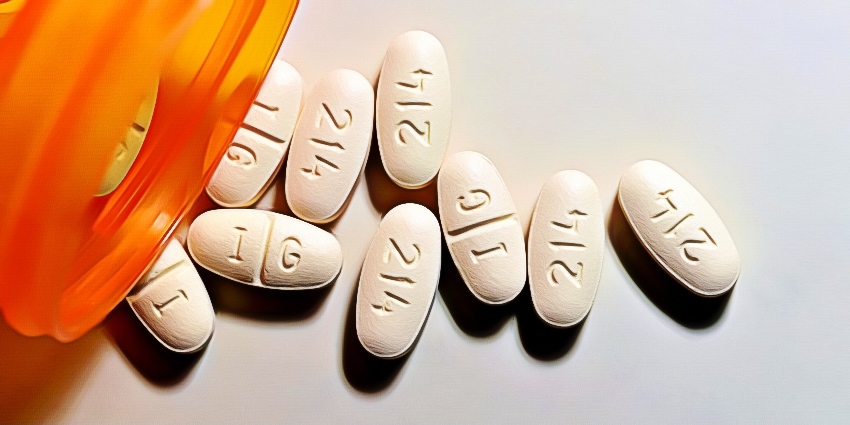When you take a look at America’s widespread drug crisis from a general perspective, illicit substances can essentially be broken down into three types of groups:
- Drugs with usage rates that are minor (yet growing in number)
- Drugs that are alarming because of significant spikes in usage rates and casualties
- Drugs that bear a crisis that has an impact far larger than many other substances
Over the years, many drugs have been introduced or moved up their ranks. However, the drugs that have managed to stay in the last category on the list mentioned above are far more frightening because little-to-no progress has been made on solving such problems.
From heroin to methamphetamine, the list of Schedule I drugs that affect millions of people all across the United States has raised concerns among most of the population because of how common they’re becoming. This is especially true when concerning the younger generation. With hundreds of thousands of addicts dying each year to complications arising from drug abuse, it’s clear that much more action is needed to have a shot at remedying the effects brought about by such issues.
As the media continues to shed light on various aspects of the overall drug abuse crisis that the US deals with daily, there are certain substances that continue to grow even more as threats to watch out for. Among the different drugs that have come to light in the context of addiction, one continues to remain puzzling as it grows to become an even bigger threat to the lives of millions: Zoloft.
Overdose Symptoms From Zoloft
Because of its nature as a serotonin-boosting prescription, sertraline is susceptible to abuse from those who struggle with an addiction to antidepressants. This is why it is becoming one of the fastest-rising crises today. In fact, the tendency of Zoloft to be abused has risen to the point wherein waves of overdoses are becoming even larger over time.
Oftentimes, people overdose on this prescription drug because variables like age, body weight, and overall health make it difficult to determine which specific amounts of Zoloft are potentially harmful. This particular reality is why certain doses may be acceptable for some and too much for others, as guidelines on prescribing can be quite difficult to navigate.
When someone overdoses on Zoloft, they have a risk of experiencing two categories of symptoms—common and severe signs. To best understand what to expect when such a problem occurs, let’s go over the various manifestations it yields:
Common Symptoms
Expected among mild to moderate cases of Zoloft overdoses, common symptoms often appear in clusters or individually once the effects of mis-dosing begin to set in. Here are the various examples of this group of symptoms that you need to watch out for:
- Agitation
- Confusion
- Dizziness
- Fever
- Nausea or vomiting
- Rapid heartbeat
- Shakiness
- Sleepiness
Severe Symptoms
Although they are rarer than common symptoms, severe Zoloft overdose symptoms are still a credible threat because of the trouble they bear and the long-term medical implications they’re linked to. These particular symptoms are far more common either among those who overdose or those who have taken near-lethal dosages:
- Changes in blood pressure (higher or lower than normal)
- Fainting
- Delirium
- Hallucinations
- Heart problems
- Inflammation of the pancreas
- Mania
- Seizures
- Serotonin syndrome
- Stupor
What Is Zoloft?
Technically labeled as Sertraline, Zoloft is a prescription drug that is packaged, branded, and sold as one of the most widely available antidepressant prescription medications available today.
Introduced as a treatment for depression in 1992 (and for obsessive-compulsive disorder in 1996), this particular prescription falls into the selective serotonin reuptake inhibitor (SSRI) category. Like other antidepressants, Zoloft is chemically engineered to help with various implications of depressive disorders by balancing the serotonin production in the brain. This is what makes it a pivotal prescription for millions of Americans today.
Currently, Zoloft can only be acquired with a prescription given by a certified medical provider, such as a psychiatrist or psychologist. But compared to other addictive substances, this particular prescription medication is much smaller in terms of its recommended dosage as it is a small tablet that is taken once daily.
What Is It Used For?
Generally, sertraline is prescribed as an aid for minimizing symptoms of depression, panic attacks, anxiety, OCD, and premenstrual dysphoric disorder.

When one experiences the effects of any of the four conditions mentioned, they’re made to take Zoloft as a means to help balance the serotonin levels in their brain (or encourage increases in its production levels). Furthermore, a regular dosage of the drug helps with regulating one’s mood, improving their social behavior and sleep, increasing their appetite, and aiding in their overall digestion.
Side Effects of Zoloft
When it isn’t abused, Zoloft allows patients to experience various effects that help in alleviating the symptoms of depressive disorders and other similar conditions. However, it is important to understand that even regularly using sertraline bears some negative effects (just like all other prescriptions), such as:
- Nausea
- Drowsiness
- Dizziness
- Fatigue
- Loss of appetite
- Headache
In rare cases, those taking Zoloft can experience certain conditions that require an individual to be hospitalized, such as a change in sex drive or performance, blood in the stool, unexplained weight loss, vomit, or eye/vision problems. If any of these occur, be sure to visit your doctor right away. However, there are even rarer instances where counterproductive experiences unfold in the form of changes in sleep habits, tremors, agitation, anxiety, suicidal thoughts, diarrhea, and increased sweating.
How Long It Stays in Your System
Understanding the average duration of sertraline in the human body is an effort that involves considering various factors that influence just how long it is detectable after consumption. Generally, the final timestamp that is expected is a subjective matter that is affected and determined by these factors:
- Dosage: Keep in mind that the dosage of Zoloft a person takes influences how quickly the medication leaves their system. As a general rule, the greater the amount of the medication that a person takes, the longer that it takes to eliminate the medication from that person’s body. However, this isn’t always the case.
- Individual Physiology Factors: Various factors can also cause the same amount of Zoloft to leave one person’s body at a faster or slower rate than another. This specific set of factors includes age, genetics, and sex.
- Detection Methods: Another critical factor that affects just how long Zoloft stays in the body is the method or medium in which its presence is tested. For instance, in the case of urine, 40 to 45 percent of sertraline components were detected up to nine days after taking the medication. When it comes to blood, it takes approximately five days to eliminate nearly 99 percent of the traces of Zoloft. Lastly, the drug can be detected in the hair for an elimination period that lasts between three weeks to two months!
Conclusion
For the most part, Zoloft presents a new generation of a drug crisis in America that needs to be watched closely and taken action upon almost instantly because of the implications it bears. By considering this guide, you’ll be able to arm yourself with the necessary knowledge to effectively minimize the risk of a sertraline overdose with ease.
Sources:

